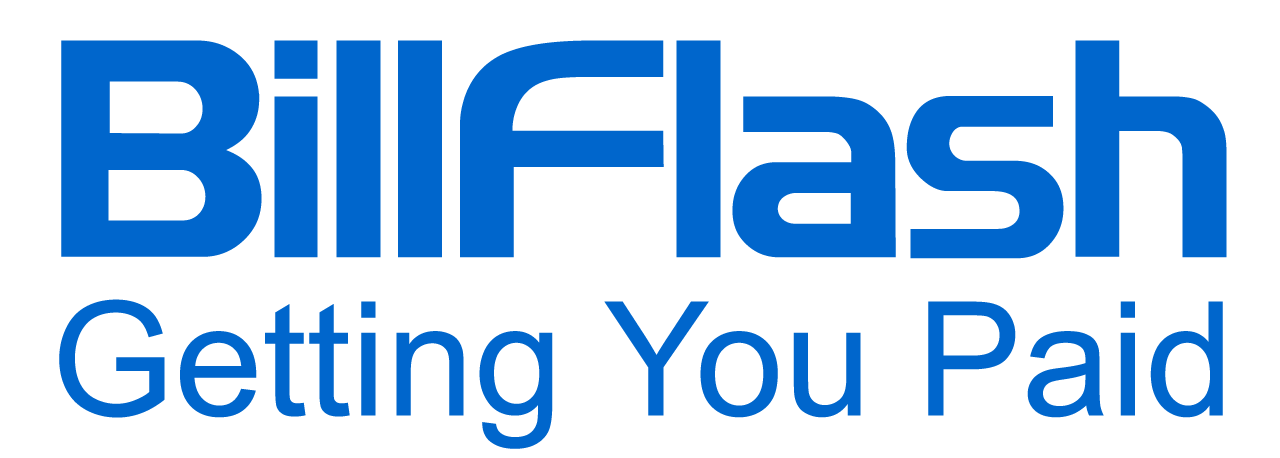Learn more about how flexible payment plans affect patients' access to healthcare and how your medical practice can benefit from them.
The healthcare system never fails to give us our share of twists and turns. And it undergoes significant transformations with every twist and turn. The move of revenue being collected from the insurance provider to the patient continues to show its impact. Hospital revenue collection has been changing for quite some time now. However, some hospitals and health systems are falling too far behind. Healthcare providers must actively collect financial responsibility from patients since they continue to be a significant source of revenue. To successfully collect the increasing amounts that patients directly owe, traditional collection strategies—which focus on obtaining full and timely reimbursement from insurance companies and the government—must adjust. This is where flexible payment plans play an important role.
This is why it is so important for healthcare providers to get creative if they want to increase their revenue. The more flexible payment plans healthcare providers present to their patients, the better chance they will have at collecting payments. Healthcare providers must understand that most patients want to take responsibility and not go into medical debt. However, the reality is that many do not have access to realistic and manageable payment options.

Understanding the Financial Barriers to Healthcare Access
To determine what options patients need, healthcare providers should learn more about the financial barriers to healthcare access. Income, financial capacity, and affordability are all measures that should be taken into consideration. The number of uninsured individuals in the U.S. has been dropping. However, there are still over 25 million people who have no health insurance. This tells us that there has to be a barrier standing in the way, and unfortunately for many, it's a financial barrier.
Many do not have health insurance coverage because of the high cost, lack of eligibility for subsidized coverage, etc. Even those employed and have insurance plans face high costs, which serve as a barrier to seeking healthcare access. A 2023 survey from KFF (Kaiser Family Foundation) found that the average annual premium for single coverage reached $8,435. The average family premium reached $23,968—up 7% from the previous year.
If healthcare providers treat the issue of their patients not paying as an annoyance and do not look at the situation through the patients' eyes, this can decrease the chances of receiving payments. When this happens, the chances of improving the patient's overall experience with the practice also decrease. If healthcare providers are giving their patients an A+ clinical experience, they must have that same mindset when it comes to the payment experience.
The Benefits of Flexible Payment Plans
From a patient's point of view, the opportunity to be enrolled in flexible payment plans has obvious benefits. It allows them to receive the care they need that they otherwise may have chosen to decline due to the fear of receiving a costly medical bill. Instead of paying upfront, patients can pay over time under a payment plan.
Some healthcare practices only offer standard payment plans, with little to no flexibility in their payment plans. And while this may have an impact on the amount of revenue collected, the impact is often moderate. Other healthcare practices have found success by offering a 10, 15, or 20 percent discount if patients can pay their medical bills within a specific time frame.
However, one of the more common methods is to break the bills down into monthly payments. Giving patients one year (or longer in some cases) to pay off their medical bills can lead to more patients fulfilling their financial responsibilities, but sometimes patients need a longer period.
If the healthcare provider is willing to work with patients on the set time frame, they will be more likely to hold up their end of the agreement. Offering flexible payment plans to patients can deliver a few key benefits for providers:
- Providing financial relief for patients by spreading costs over a set time
- Seeing higher levels of patient satisfaction and loyalty by recognizing and accommodating diverse financial situations
- An increase in patients completing treatment plans or elective procedures
- Differentiates the practice and helps retain and attract new patients

Implementing Effective Payment Plan Strategies
One of the first steps to implement flexible payment plans is to determine what procedures and services lead to the highest patient balances. This should be done in addition to determining the dollar amounts associated with those same procedures and services. Providers should also assess patient demographics and financial needs before rolling out a payment plan strategy.
Remember, there is no one-size-fits-all approach when it comes to patients, and this includes patient billing and patient collection. Different demographics respond differently to collection strategies. When providers understand the demographics they are serving and the patients' financial strengths and weaknesses, they can develop a plan that will help them introduce payment plans to the right patients at the right time.
Communicating payment plan options clearly and transparently to patients can be the difference-maker you have been seeking. Providers in larger practices often use financial counselors to help explain the payment plans and other financial options made available to them. Financial counselors can break down the strategies being used in a way that makes patients feel comfortable and at ease with their decision to be enrolled in a payment plan.
When you make it clear to patients that you will be offering flexible payment plans, this should come with a full embrace of modern payment methods. With new technologies, patients' payment method preferences are changing. More patients prefer to pay online with a debit/credit card, digital wallets, or through auto-pay features. Embracing the latest in technology can not only help improve patient care but boost revenue as well.

Overcoming Challenges and Addressing Concerns
Implementing flexible payment plans can raise understandable concerns for healthcare providers who are taking on a bit more administrative burden, not to mention the potential impacts on revenue cycles. However, with careful planning and execution, these risks can be avoided.
Strategies for streamlining payment plan administration include using technology to automate processes, ensuring prompt issue resolution, and partnering with medical billing and RCM specialists. To protect revenue sustainability, providers can go after cost and revenue management, perform regular checks to pinpoint financial pressure points early on, and implement strong continued planning to prevent leadership gaps from worsening financial challenges.
MGMA Stat revealed that over 40% of medical groups changed their patient payment plans or options in the past year. This percentage shows us that a substantial number of medical groups are working to improve their patient payment systems. However, with 54% of groups not making changes and 5% uncertain, there is still room for progress.
These stats suggest that more medical groups may need to catch up to meet evolving patient needs and preferences. For patients, this could mean a gradual (but uneven) improvement in payment experiences, depending on their healthcare providers.
The Role of Medical Billing and RCM Companies
Medical billing and RCM companies offer valuable expertise to support healthcare practices trying to implement flexible payment plans. Their strengths include billing, coding, reimbursement, and revenue optimization. The level of knowledge and understanding they have gained over the years will allow them to collaborate with providers to develop customized payment solutions.
RCM partners can help with several aspects of payment plan design and execution, including (but not limited to):
- Assessing patient demographics and payer mix to tailor payment plan options
- Managing back-end claim processing to speed up payments
- Utilize automation and analytics to create smoother workflows
- Providing payer policy updates to maximize reimbursement potential
RCM specialists facilitate patient affordability conversations by:
- Educating the healthcare staff on financial screening tactics and payment plan communication
- Monitoring KPIs linked to patient satisfaction and loyalty
- Training staff on patient collection best practices
Realizing the Vision of Accessible Healthcare for All
Flexible payment plans represent more than just a practical financial solution. They represent a real commitment to achieving healthcare equity and ensuring that no one is denied access to medical services because of financial barriers. By breaking down the barriers linked to high upfront costs, these flexible payment options bring us closer to realizing a vision of accessible healthcare for everyone.
For healthcare practices committed to this, embracing flexible payment plans is not only an operational decision but a moral one. It requires providers to prioritize patient financial wellness and remove blocks that have prevented many from receiving care. By taking a proactive approach to addressing these financial challenges and offering flexible payment solutions, practices (big and small) can restamp their commitment to putting patient needs first.
Resources and Next Steps
At BillFlash, we are committed to creating innovative solutions that help providers get paid faster, at a total lower cost. BillFlash FlexPay is a win-win financing solution for patients and providers: a 30-second application, no hard credit check, and a 90% approval rate. The best part? Providers receive payment in full upfront. Schedule a demo with BillFlash today and discover how flexible payment options can pave the way for a more accessible healthcare system while driving more revenue for your practice.

